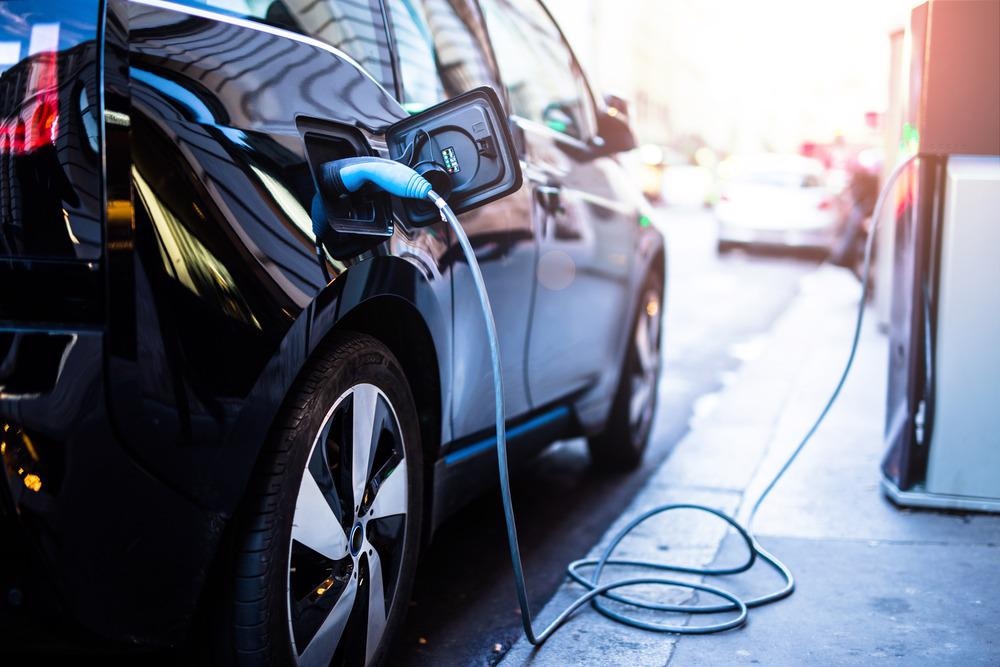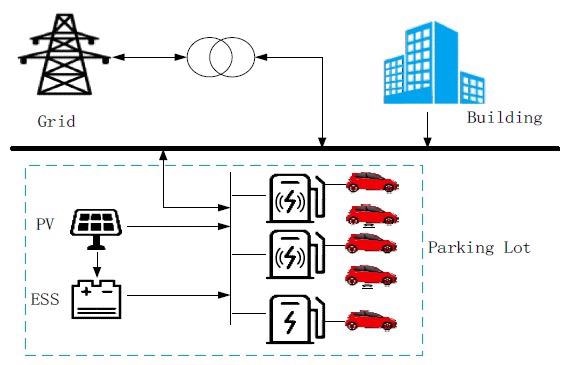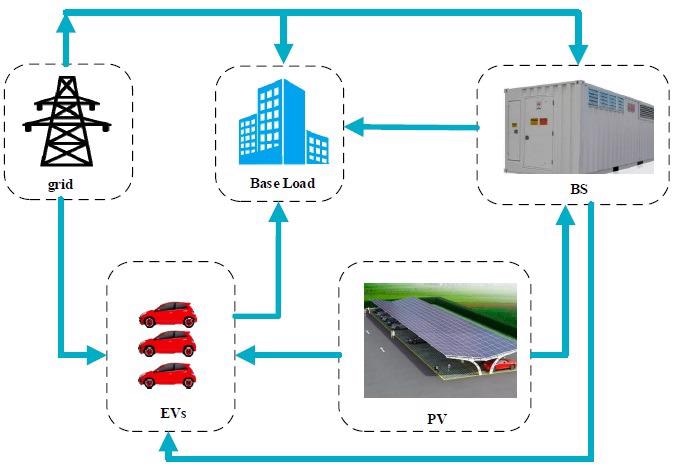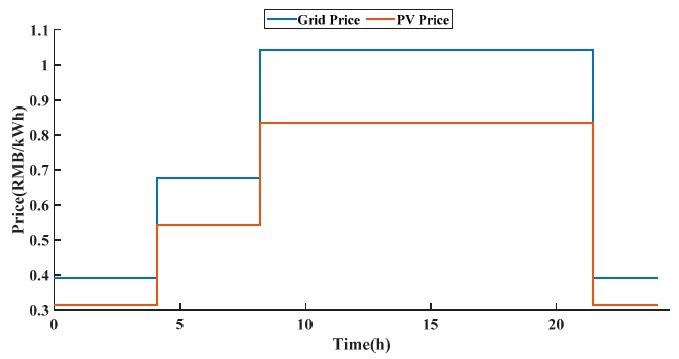A recent paper featured in the World Electric Vehicle Journal sought to outline the potential of EVs to work in conjunction with solar energy devices and energy storage systems (ESS) to improve solar energy consumption and distribution and increase the market penetration and day-to-day viability of sustainable energy sources.

Study: Operation Strategy of Parking Lots Integrated with PV and Considering Energy Price Tags. Image Credit: guteksk7/Shutterstock.com
The ongoing and worsening climate emergency has prompted countries around the world to prioritize the development and implementation of cleaner energy and transportation solutions.
EVs represent a means of lowering the consumption of fossil fuels and reducing greenhouse gas emissions.

The structure of parking lot energy management system. Image Credit: Yang, Z. et al., World Electric Vehicle Journal
However, one of the biggest barriers to the widespread adoption of EVs is the availability and accessibility of charging options. One proposed solution to this issue lies in the installation of photovoltaic (PV) systems in large parking lots, offering easy, accessible charging options for large numbers of drivers.
Charging of EVs places considerable strain on local power grids, however, which poses a considerable issue in parking lots with the potential for hundreds or even thousands of EVs requiring charging at the same time.
Further issues stem from the relative unpredictability and sporadic availability of solar energy, the tendency for many drivers to need to charge their vehicles at night, and the tendency for EVs to spend more time in workplace parking lots than is necessary to charge them sufficiently.
In order for this proposal to be viable, parking lots would need to install sufficiently efficient and effective energy storage systems (ESS) to optimize the storage and distribution of solar energy collected via PV systems.
A number of previous models have been proposed, each aiming to better reduce operating costs and minimize the impact on the power grid. These studies involved coordinated and optimized charging schedules but many of these models did not consider the impact or benefits of using an appropriate ESS.
It is important that, despite the issues mentioned above, appropriate charging facilities are always available for vehicles entering PV-powered parking lots and that energy provided for charging is affordable, readily available, and as sustainable as possible.

Energy path between different components in a parking lot. Image Credit: Yang, Z. et al., World Electric Vehicle Journal
The paper’s authors proposed an innovative new parking lot energy management system that was integrated with both ESS and PV. The core objective of the system was to minimize charging cost, using a range of energy priority orders and power allocation methods.
Optimization was based on the concept of the energy price tag (EPT), which represents the average cost of energy storage and considers the bidirectional flow of energy between the power grid and the parking lot’s systems.
The paper used a series of four simulations and case studies to evaluate the model’s effectiveness.
These simulations use a range of varying parameters including the vehicle’s time of arrival, any interruption in the charging process, the source of the electricity used to charge the vehicle, the availability of solar energy, the use of a unidirectional or bidirectional flow of energy to and/or from the grid, the use of ESS and PV in the parking lot, and other considerations.
Overall, the authors present a robust use case for their new model, highlighting its capacity to minimize the EPT and reduce the cost of charging EVs and increase the consumption of solar energy.
Under the proposed model, excess energy is used to charge the ESS, charge the building itself, and then re-supply to the power grid.
The increasing prevalence of EVs and the growing need to employ more sustainable modes of transport has placed considerable pressure on the industry, civic organizations, and city planners to ensure the orderly charging of electric vehicles (EVs) in commercial parking. This need has prompted considerable research into this area.

TOU Price. Image Credit: Yang, Z. et al., World Electric Vehicle Journal
As well as proposing and demonstrating the effectiveness of a workable strategy for the optimization of PV-powered commercial EV parking via ESS, the researchers’ introduction of the energy price tag (EPT) provides a useful metric to help define and evaluate the overall cost of energy storage devices.
While many consumers appreciate the need to move to more sustainable transport options, there is a pressing need to make these options as affordable and accessible as possible to ensure widespread public uptake and cost-effectiveness.
The introduction of optimized, affordable commercial parking powered by solar energy could offer a significant step towards this.
Disclaimer: The views expressed here are those of the author expressed in their private capacity and do not necessarily represent the views of AZoM.com Limited T/A AZoNetwork the owner and operator of this website. This disclaimer forms part of the Terms and conditions of use of this website.
Sources:
Yang, Zexin, Xueliang Huang, Shan Gao, Qi Zhao, Hongen Ding, Tian Gao, Dongyu Mao, and Rui Ye. 2021. "Operation Strategy of Parking Lots Integrated with PV and Considering Energy Price Tags" World Electric Vehicle Journal 12, no. 4: 205. https://www.mdpi.com/2032-6653/12/4/205
The AA, 2019, Barriers to Choosing an Electric Car, https://www.theaa.com/about-us/newsroom/motoring-news/barriers-to-choosing-an-electric-car